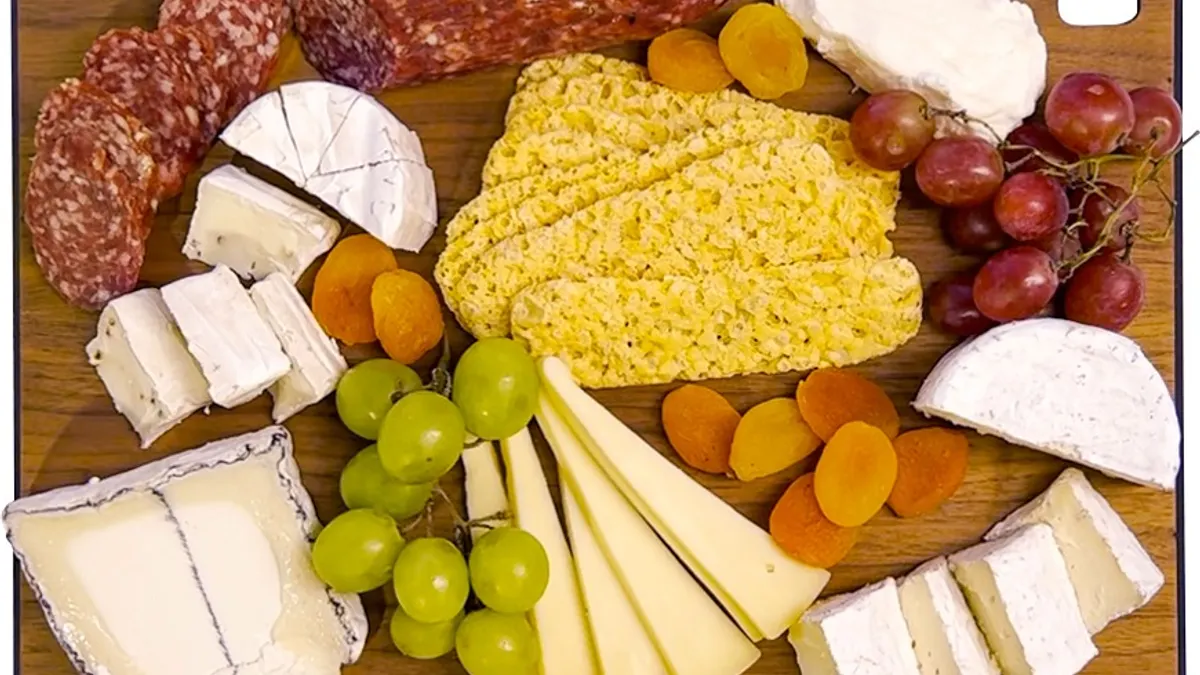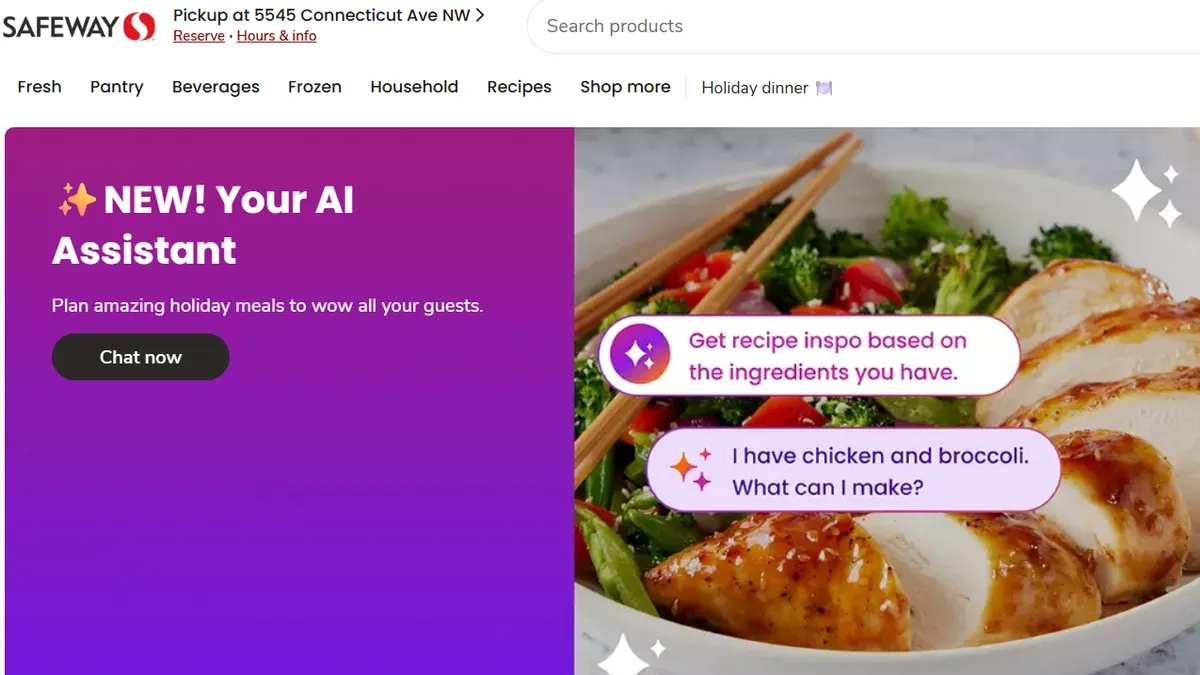With the growth of mobile apps and online shopping, print coupons have seemingly taken a backseat to digital promotions. But print is not dead, experts say, and when strategically deployed along with digital coupons, retailers can increase shopping trips and engage customers with special offers.
In both digital and print formats, customers are still bringing coupons into stores, loading digital coupons onto their shopper loyalty cards and using them to help plan shopping trips.
According to media marketing firm Valassis, 59% of people who shop both online and in-store bring paper coupons with them when they make a physical grocery trip, and 60% of those shoppers also load digital coupons to their frequent shopper cards.
Additionally, Valassis found in a 2018 survey that 81% of shoppers like to see offers in print and digital so they don’t miss any savings, and 60% said seeing coupons in both print and online formats makes them more likely to buy.
"I think it’s that tactile element. I think having that print coupon in hand can serve as a trigger or reminder for purchase," Aimee Englert, executive director, CPG marketing at Valassis, told Grocery Dive.
Despite Valassis' findings that shoppers are still clipping and redeeming coupons in multiple formats, research from data and consulting firm Kantar shows that coupon usage has been relatively flat over the past two years. According to Kantar's proprietary Shopperscape Survey, which surveys shoppers monthly, there has been minimal change in the number of consumers that collected print coupons since 2017. The picture isn't much different for digital coupon users, with 15% of consumers saying they collected them in 2017 and in 2019.
When it comes to loading coupons to frequent shopper cards, Kantar found that 15% of baby boomers use load-to-card coupons versus 12% of millennials. Caroline Dumas, shopper insights analyst with Kantar, said she thinks the generational alignment is the most interesting finding.
"Both Gen Y and boomers rely on a retailer’s app in terms of getting digital coupons," she told Grocery Dive.
Dumas said that while print coupons are still relevant and digital is slowly catching on, younger shoppers are not particularly focused on couponing. If retailers want to see shoppers use coupons, regardless of demographics, they will have to find a way to make them conspicuous and relevant.
"Figuring out how to make couponing via the frequent shopper card easier, that is a place where retailers could win with both segments," Dumas said.
An 'intelligent mix' for coupons
Print may still have a place, but grocery is increasingly going digital and retailers need to have an omnichannel coupon strategy to reach all shoppers. An intelligent mix of both that leverages local market data and can be tailored to individual shoppers is key, according to Englert.
Jason Mathew, director of products for personalized marketing at Symphony RetailAI, said the right combination of print and digital coupons can reach a broad base of consumers, especially primary shoppers.
"For a grocer it's a matter of coverage," Mathew told Grocery Dive.
But, he added, moving to digital has significant benefits. For one, eliminating or reducing print coupons is cost-effective. More importantly, converting shoppers to digital coupons helps grocers capitalize on timing.
Symphony RetailAI, for example, can turn around a digital coupon in 24 to 48 hours and deliver it to a shopper quickly, whereas it could be six to eight weeks from the time a customer is targeted for a print offer to the time they actually see it in their mailbox, according to Mathew.
"Timing is a key issue and to me that's really the main driver for why retailers should be moving to digital as opposed to paper," Mathew said.
The AI coupon strategy
Artificial intelligence (AI), meanwhile, promises to help retailers develop a more targeted coupon experience for their customers. According to Mathew, the technology can look at trillions of different outcomes and combinations that would influence a grocery purchase and can uncover patterns in data and customer behavior that humans could never recognize. AI can optimize its own performance based on specific goals or business objectives.
For example, if a grocer's goal is to lift incremental sales, it might deliver 10 personalized offers to each shopper. Instead of looking at each offer individually the way a traditional targeted methodology would, AI would evaluate the best mix of 10 offers to give to the customer to best meet the retailer's goal.
Symphony RetailAI recently tested its AI targeting engine for one U.S. retailer to compare performance with traditional targeting. In the test, the company emailed a million customers with four to eight targeted offers. By using AI to adjust the mix of offers in the email, the retailer saw a 41% increase in participation. Of those customers who redeemed the offers, there was a 58% increase in redemption rate, which led to an 8% sales lift.
"Trying to strategically address areas where you see gaps in customer purchasing patterns across the different departments in the store is one way to move customers in the right direction, from the retailer's perspective," Mathew said.
"It’s about needing to be everywhere, because that’s where the consumer is."

Aimee Englert
Executive director of marketing, Valassis
Grocers don't release much information publicly about coupon strategies and whether or not they're utilizing new technologies like AI to build more effective promotions, but there is evidence that it's happening. C&S Wholesale Grocers partnered with AppCard earlier this summer for services including digital coupons and AI-driven marketing. Harp's Food Stores works with Daisy Intelligence to use AI to shape its promotional efforts.
Ultimately, shoppers have more choices than ever when it comes to collecting and redeeming coupons to save on groceries, and retailers have more options for reaching them, too. The challenge, Englert said, is about adapting quickly with each shopping trend and remaining agile and continuously responsive to what shoppers value.
"It’s about needing to be everywhere, because that’s where the consumer is," she said.
Clarification: This article has been updated with Aimee Englert's title. She is executive director, CPG marketing at Valassis.

















